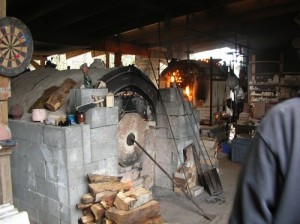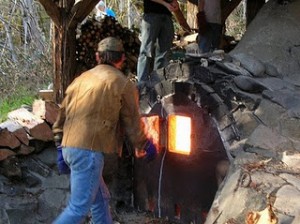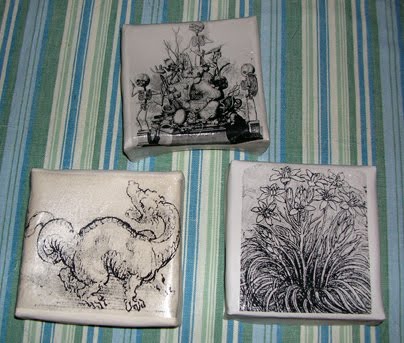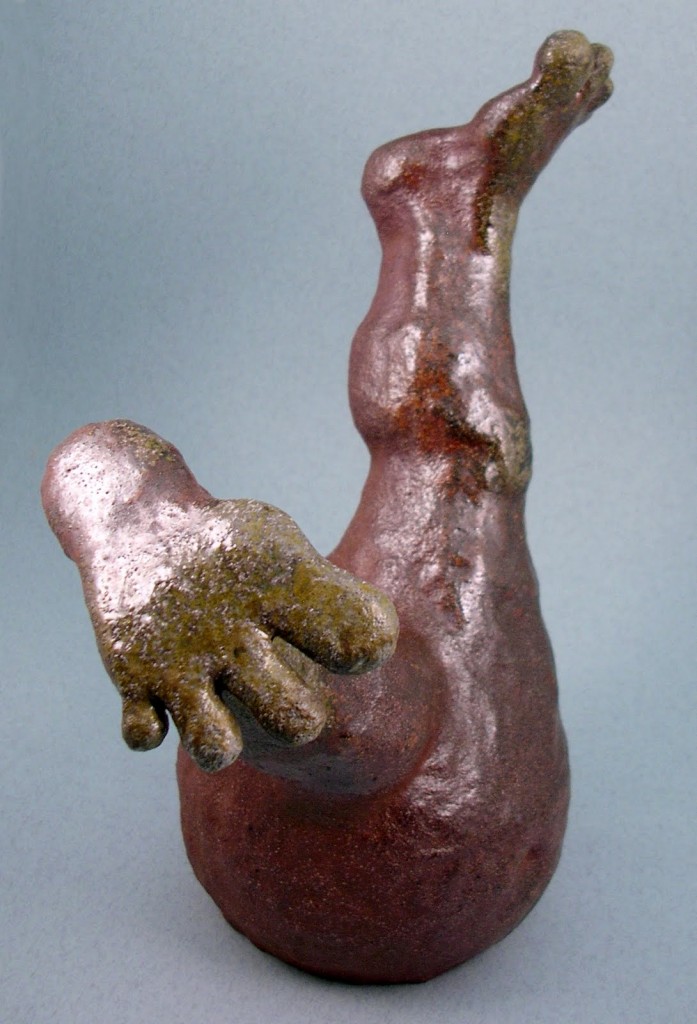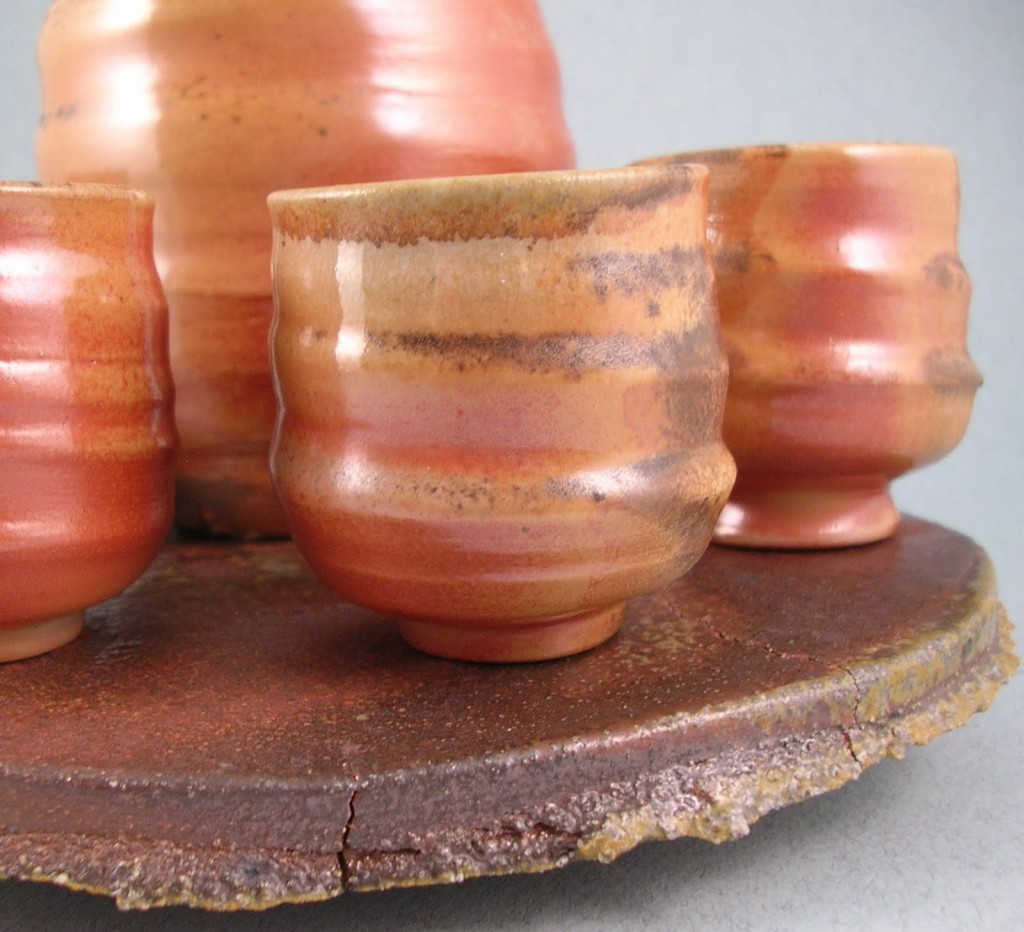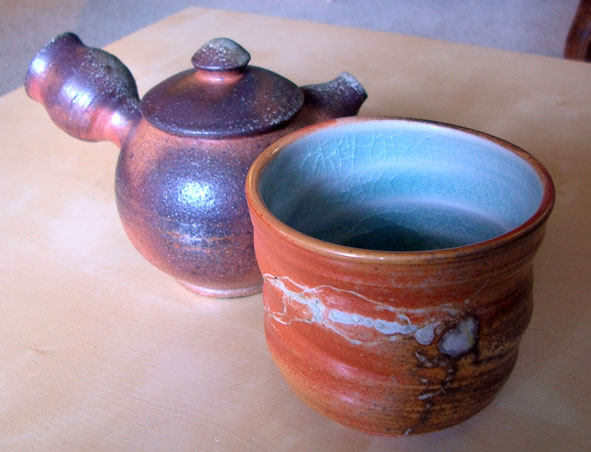This fall and winter were tough for a variety of reasons. My grandfather died in October. He seemed to be ready (as ready as anyone can ever be, I suppose) and it happened quickly enough that he didn’t seem to suffer much but with time for everyone to say goodbye. So it wasn’t a bad thing. I’ve been thinking about his life and our relationship. I’ll post about that soon, as it relates to some other things I’ve had on my mind lately.
Anyway, his death and the accompanying travel (which occurred during and after Portland Open Studios) made October a rough month. November brought other trials that I won’t go into, but the end result was to throw me off my game a bit this winter. I didn’t want to be in the studio, so filled my weekends with hiking, skiing, and spending time with friends and family. Which was really a very good thing in some ways, but not very productive.
But it’s spring now! You wouldn’t know it from the weather (cold and rainy, just like winter), but the trees and flowers are blooming and we have the occasional warm day. In February I fired with Ken Pincus, who has a lovely down-draft kiln 10 minutes from my home. He has a great firing crew, and runs his kiln in a way that I really appreciate. He has a specific idea of how he wants to fire, and gives clear yet polite instruction to the crew. The one drawback is that it’s smaller than an anagama, so there’s not much room for larger sculptural pieces. Looks like I’ll be able to fire some new work there later this month–teapots, cups, bowls.
Carol Opie and I are also trying to rent the Little Woody at MHCC. It’s an even smaller downdraft kiln, but with just the two of us firing we’ll have plenty of room for work. We’ve been trying to rent it for a year now (!), but it needed to be rebuilt over the winter. The rebuild is now complete, and it seems to be firing really well. We have wood and pots ready to go, and finally set a date–early May!
That’s all for now. Stay tuned for more… hopefully before next Spring!

